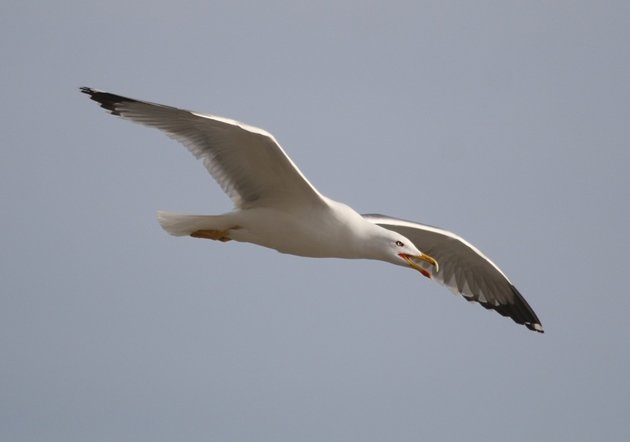
It has come to my attention that this blog needs more gulls. Of course this is self-evident as you can never have enough gulls on a bird blog, but this blog here is in an especially dire need of more gull posts for the simple reason that I have a few nice pictures of gulls that would make for a few nice posts. I am planning to have this post be the first in a (very) small series on Europe’s “large white-headed gulls”. It will of course only be a small series since there aren’t that many large white-headed gull species in Europe and particularly because I don’t want to cause too harsh a drop in the blog’s visitor numbers. Regarding the latter, I’ll try to make them nice. There will be – I promise – very little talk on their taxonomy and also not much about their identification. Instead, I want to focus on what makes birders relate to birds in the first place: their darn good looks. Yes, I sincerely like adult “large white-headed gulls” and think they are utterly beautiful. To prove that point, this short series here will bring you plenty of pictures of three species which were formerly thought to be just one, the Herring Gull, with its former members Steppe Gull and Yellow-legged Gull.
I’ll start with the Yellow-legged Gull Larus michahellis.
I realize that not even the Cote d’Azur as a background can make an immature gull look appealing, so I’ll deviate from Europe’s usual shades of brown routine and restrict my posts to adult gulls…
The Yellow-legged Gull is the classic gull of the Mediterranean coast, so classic indeed that it must be considered part of the landscape. Not only is it common and coastal, its global range is also largely restricted to the Mediterranean, with a few colonies also found along the western Black Sea shores, the lower Danube river, and into the Atlantic along the coast of Spain to the French Bretagne. Quite recently, it has started to expand inland, along the river Rhone and to the South of Germany, where it is now an uncommon but conspicious breeder. A different form (atlantis) which may or may not constitute a separate species, is found on the Azores, Fuerteventura, and the Canary Islands.
The German name for the species is thus very fitting since we call it “Mittelmeer-Möwe”, meaning Mediterranean Gull, although I’ll admit that the three “m” make the name sound somewhat awkward. Sadly, the late recognition that the Mediterranean birds are a species in their own right and not part of the northern Herring Gull meant that the most fitting English common name “Mediterranean Gull” was already occupied by another species, Ichthyaetus melanocephalus. Apparently, the common in “common name” does not always come from common sense, since the species referred to by the English-speaking world as “Mediterranean Gull” is much more common around the Black Sea. The coast of the Mediterranean Sea is used mostly as a wintering ground, with just a handful of breeding colonies between Greece, northern Italy and eastern Spain (and recently through central Europe all the way to Ireland). So there you have it: conservative taxonomy leads to unfortunate common names. But then of course, this misfortune is purely restricted to bird-nerd humans and the Yellow-legged Gulls themselves couldn’t care less, since a) they know who really rules the Med and b) they’ll tolerate our tomfoolery happily so long as we keep providing offal from fisheries, garbage, and bread crumbs.
Classic Habitat on the Italian Riviera
The star of this post! A pristine adult Yellow-legged Gull
Pale eye, red orbital ring … I’m specifically not mentioning that they are useful identification features. No, not in this post. Here, they are just cool.
As you can see by the brown markings, this bird is not an adult. But of course this post is not the place where you want to go to discuss gull ageing.
It must be odd to see the world through the eyes of a gull, with a near-360° view of the surroundings.
Speaking of odd world views, but with a more narrow angle: This Yellow-legged Gull would like B.o.B to know that it doesn’t take more than a day on the beach to realize there ain’t no flatline.


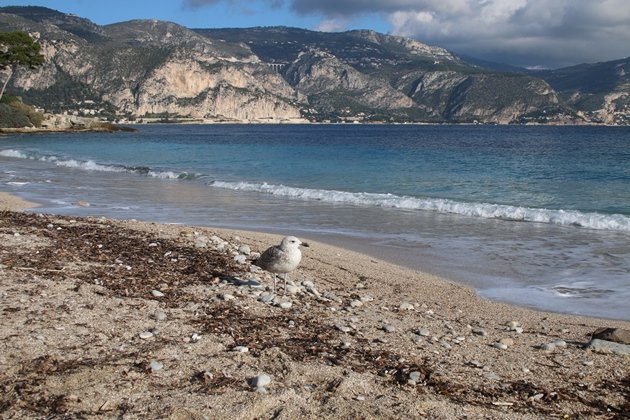
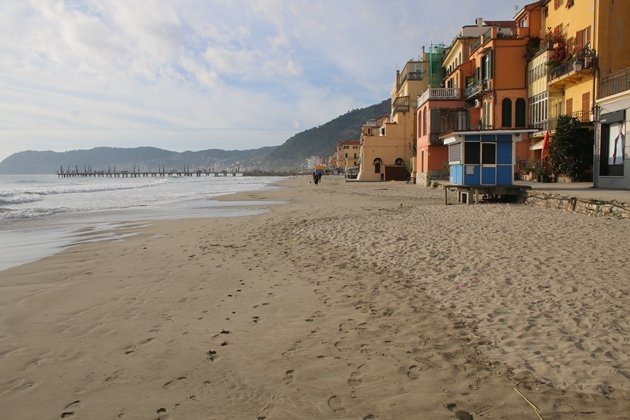
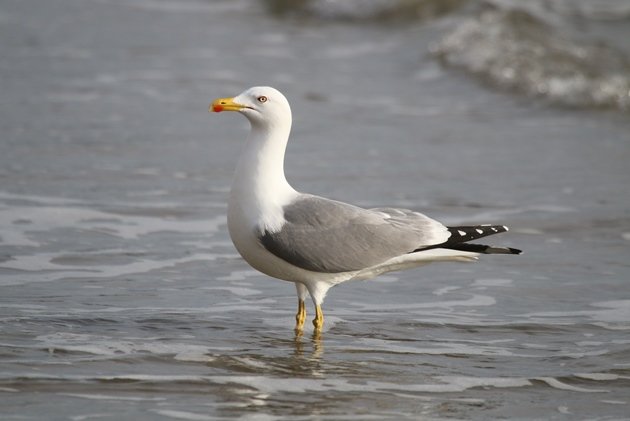
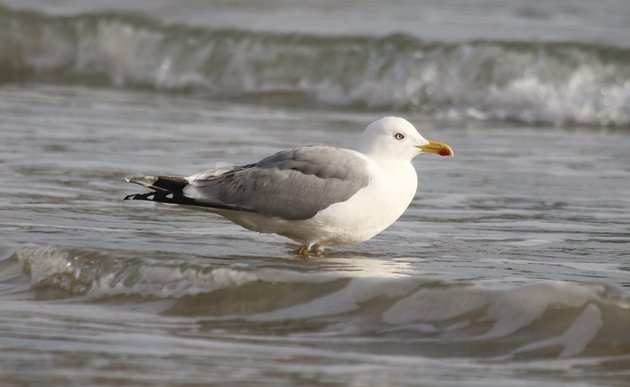
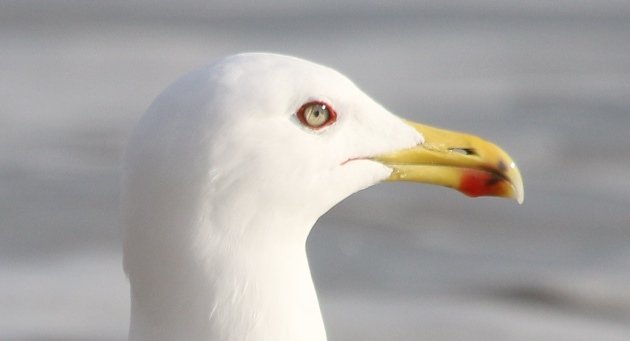
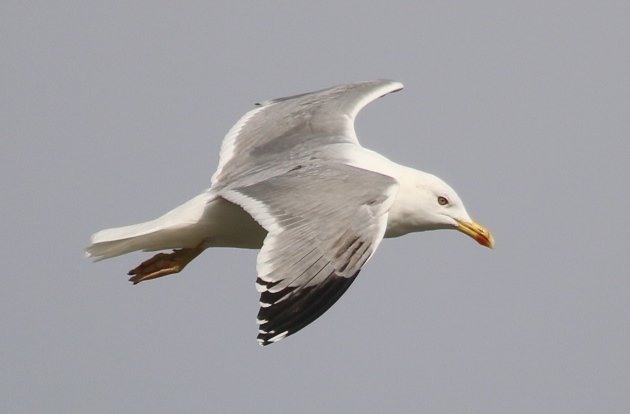
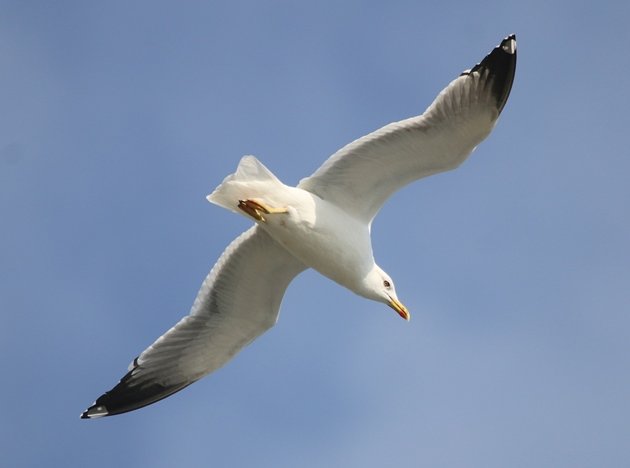
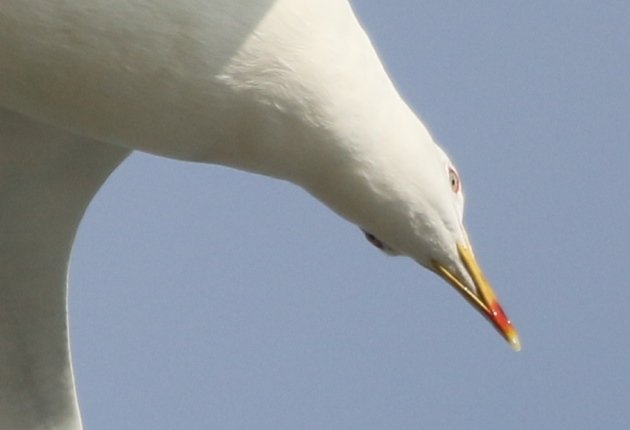
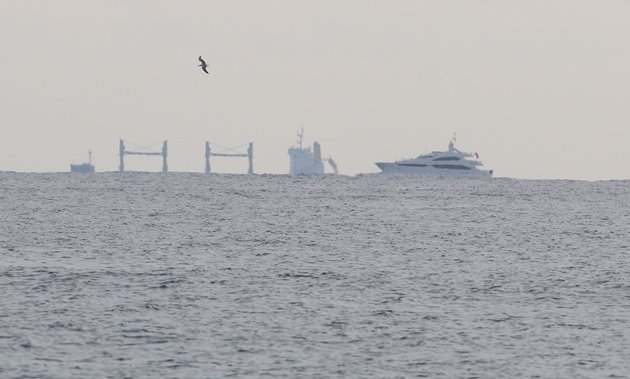











I saw my first Yellow-legged Gull this year in Zurich!
Indeed they are surprisingly common in Switzerland. Returning from Italy to Germany a feew weeks ago, we drove through Switzerland and I spotted a flock of around 150 Yellow-legged Gulls somewhere near Luzern. An extremely odd sight inside a vast mountain range.
They are readily observed at Altmuhlsee in Franken. Now that I live in Italy, they are common everywhere.